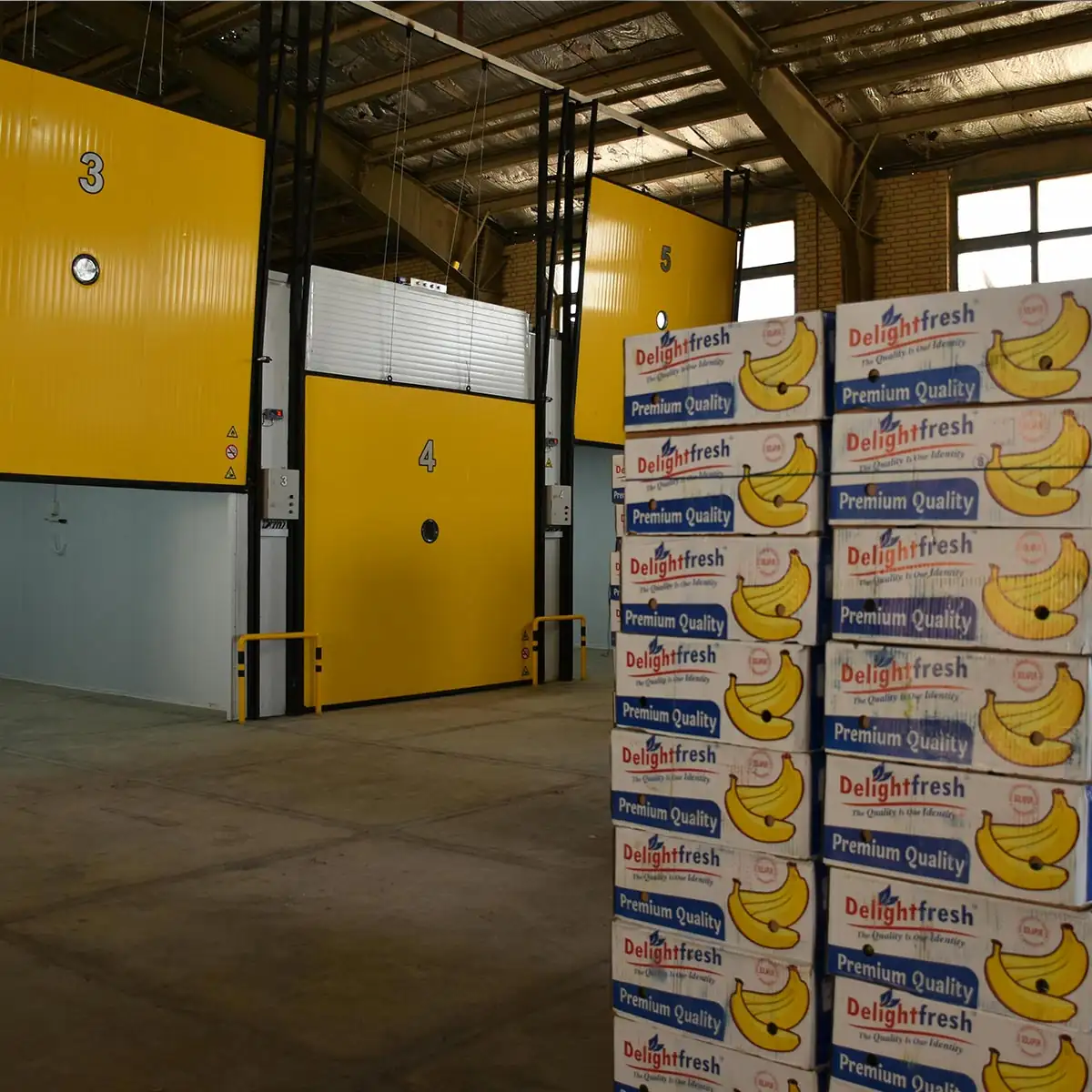A company operating in the food industry faced increasing operational complexity and a rise in logistical activities.
As a result, there was a need to reorganize processes and warehouse spaces to improve operational efficiency, reduce travel times, and ensure compliance with quality and safety standards.
The challenge
The preliminary analysis highlighted several critical issues:
Storage location allocation not aligned with turnover rates.
High travel times
during picking operations.
Unstable and/or poorly optimized mixed pallets (for picking).
Suboptimal use of the height of storage locations.
High number of palletization customizations
requested by clients.
Inefficient returns management.
Presence of practices not compliant with safety regulations.
The solution
The aBCD Consulting team adopted a structured approach to address the existing issues:
1. Preliminary analysis and site visit:
Study of movement flows,
product characteristics, seasonality, and the current layout of goods through in-depth data analysis and heat maps.
Direct observations of the layout and operational processes,
with identification of the main issues.
2. Characterization of products based on physical characteristics:
Identification of specific product categories,
differentiated by weight, volume, and packaging stability.
Definition of picking sequences
(heavier items always at the bottom, less stable packaging always on top, etc.).
Definition of storage and, most importantly, picking areas
consistent with the picking sequence for the creation of optimized and stable mixed pallets.
3. Optimization based on ABC logic:
Within each area and product category, allocation of items
based on rotation to reduce travel times, both for full pallet picking and case picking.
Implementation of quarterly checks
to ensure consistency between the allocation strategy and product rotation.
Implementation of "opportunistic" picking logic
to optimize the management of palletization customizations (lowered pallets) while respecting FEFO and traceability.
Reorganization of the warehouse layout
and shelving to improve warehouse utilization, accessibility, and maximize operational efficiency.
4. Creation of a dedicated area for returns and inbound shipments:
Design and implementation of a dedicated space
to separate the flow of returns and inbound shipments from daily operations.
Introduction of standardized procedures
to ensure traceability and speed in management.
5. Support for quality and safety standards:
Review of operational practices
to comply with current safety regulations.
Staff training
to ensure the adoption of safer processes and enhance technical skills.
Results
Thanks to the intervention of aBCD Consulting, the company achieved significant results, including:
Reduction in handling times:
a 20% decrease in time due to optimized positioning logic.
Increase in available storage positions by 12%.
Reduction in breakages and complaints
during mixed pallet unloading.
Efficiency in returns management:
a 30% faster processing speed thanks to the dedicated area.
Compliance with standards:
improved operational conditions and full adherence to quality and safety regulations.
Increase in overall productivity:
a more streamlined and organized management enabled the support of volume increases without an immediate increase in resources.
Optimizing warehouse processes and space organization
allows a company to reduce costs and storage times while improving the inbound and outbound flows of goods. Thanks to the warehouse management consulting from aBCD Consulting, all of this becomes possible.



